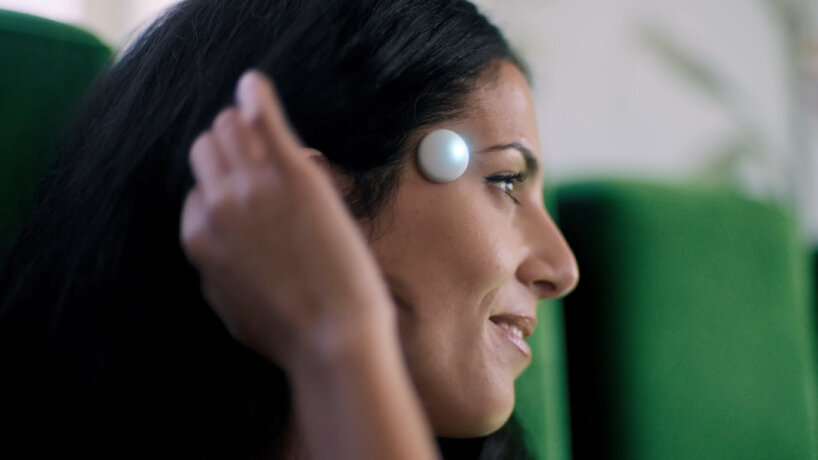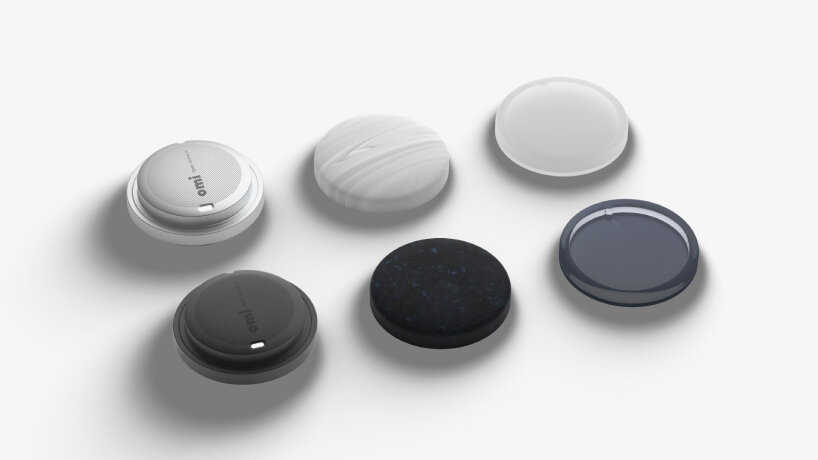Physical Address
304 North Cardinal St.
Dorchester Center, MA 02124
Physical Address
304 North Cardinal St.
Dorchester Center, MA 02124

There’s a new wearable AI device in town, and it goes by the name Omi. It looks like a big button that people can stick onto their foreheads. Once set, it starts to read minds and completes the tasks users think of before they can even say them out loud. It can also hear conversations, and once it does, it informs the users what they’re about and helps them answer back, in case needed. The wearable AI device Omi connects to the users’ smartphones before it starts rolling. Then, they think of what they want to think, and the device replies through the dedicated app.
It’s somewhat a personal assistant, one that lives for the mind. It either sits on the side of the forehead or around the neck as a necklace. It can hear voices from the surrounding people, but users can make it only listen to them. These conversations are stored locally on the smartphone or on the cloud, but users are more than welcome to delete everything in one click. So far, the wearable AI device Omi attempts to read the minds using a brain interface module inside it. The team adds that it may be able to read data from the brain with a separate brain-interface module.

all images and video stills courtesy of Omi
Nik Shevchenko, the mastermind behind Omi and the wearable AI device’s team, says that the first batch of the gadget is set for a release in the second quarter of 2025. Before then, the site demonstrates two versions of the device: one is the attachable button, while the other is the necklace. With the button, attached to the side of the user’s forehead, the device directly translates thoughts into the action. As for the necklace, users have the chance to speak to the device, either as a request or as a reply and thank you for completing an activity. Both versions run on a rechargeable battery, which can last for ‘several days’.
For those who want to build their own Omi wearable AI device, the development team has uploaded the documents for public viewing. However, they note that the guide may be best for individuals with advanced knowledge of soldering and PCBs. On an X post, Nik Shevchenko says that their goal is to fully read the mind. They know it might be hard and ambitious, ‘which is why we are starting with the simplest and most useful use case: device activation,’ he writes. The team expects to release the first version in the second quarter of 2025.

the device looks like a big button that people can stick onto their foreheads

Omi attempts to read the minds using a brain interface module inside it

there’s also a necklace version of the gadget

with the necklace model, the user can speak to the device as well

reading data brain may be possible with a separate brain-interface module